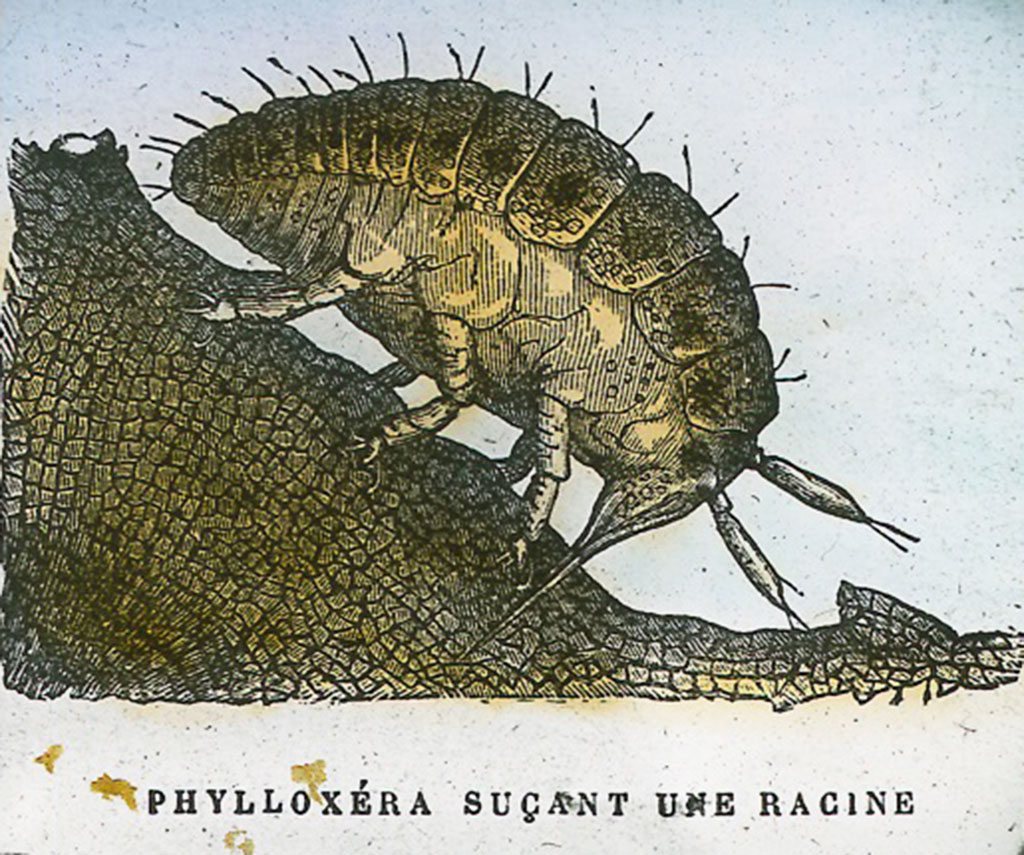Villa Marco
The building on this estate has two storeys and is topped by a body of smaller dimensions that reduce its pyramidal shape. Today, this residence is heavily modified and shored up.
From this farm “The south-west façade stands out thanks to a glazed bay window topped by a triangular pediment that reflects the gabled roof. The south-west façade has a recently restored portico and a tower with paired windows with a slender mullioned window”.
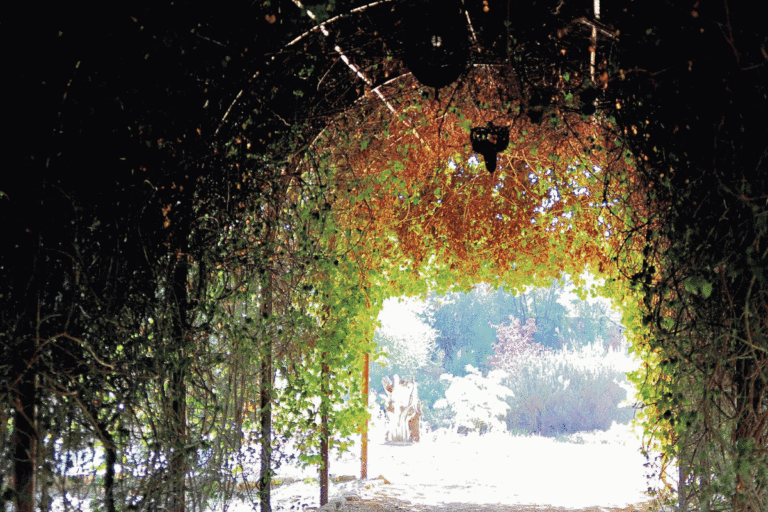
The Umbrade is a passageway covered with vegetation, consisting of a huge jasmine tree (El Campello).
In addition, there are modernist elements such as the use of tiles, wrought iron in the aforementioned balustrade and the corbels under the cornices.
The renovated garden, known as the French-style historic garden, leads to the ‘Umbrade’, a passageway covered by a huge jasmine tree that takes us into the Mediterranean garden and a large pine forest. At the back of the house, we find the Muslim garden, originally used as a vegetable garden, which is now planted with palm trees, hedges and fruit trees that protect from the sun the cultivation of vegetables and aromatic plants, irrigated by the flooding system through various channels. Here we can see a well covered by stalactites from the Canelobre Caves. In this green space, the neo-Gothic style chapel and the two sculptures by Vicente Bañuls from Alicante stand out: ‘La noche’ which can be seen from the entrance gate to the estate and ‘La Marseillaise’ which bears the motto ‘Le Jour de Glorie est arrive’.
Regarding its owners, it is known that the Marco family sold the estate to the lawyer and businessman Juan Maisonnave y Cuyatar. It later passed into the hands of the Alicante lawyer Mr. Juan Poveda García, with residence in Calle Labradores. He owned three mines in Mutxamel, two iron mines and one water mine.
Around 1915 it was sold to Mr. Teófilo Renato Bardin Delille, owner of the Bardin house, honorary consul of France, who was to create the Versailles-inspired garden that has survived with various modifications to the present day.
In 1950 it was bought by the notary Julián Peñalver from the Bardin family. Later, around 1967, it was acquired by Mr. Miguel Ranz Iglesias, owner of the Hotel Babieca.

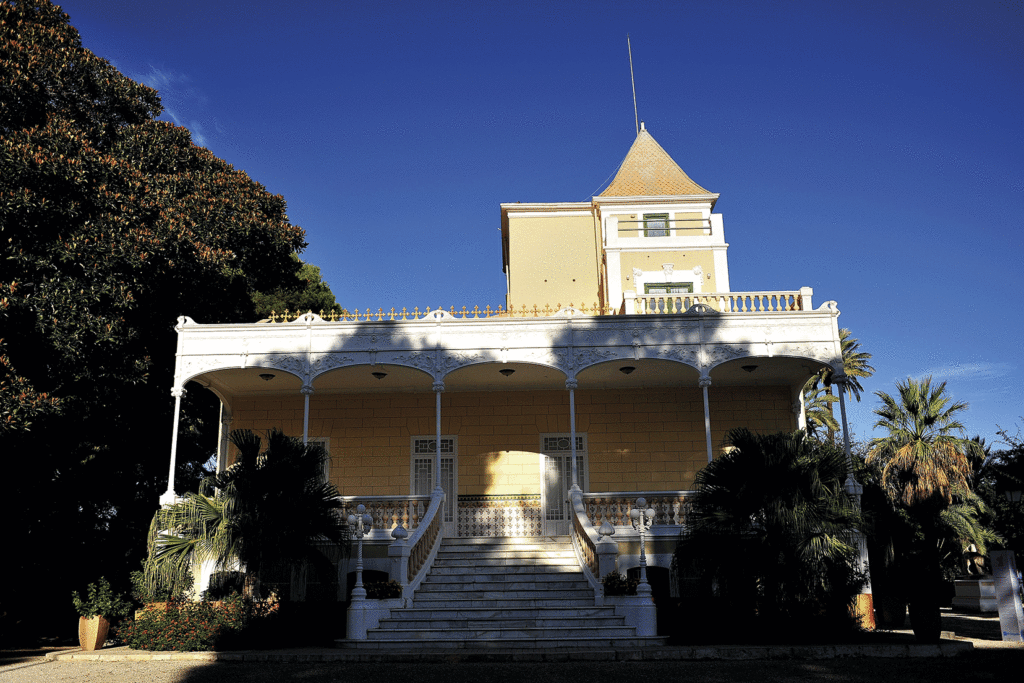

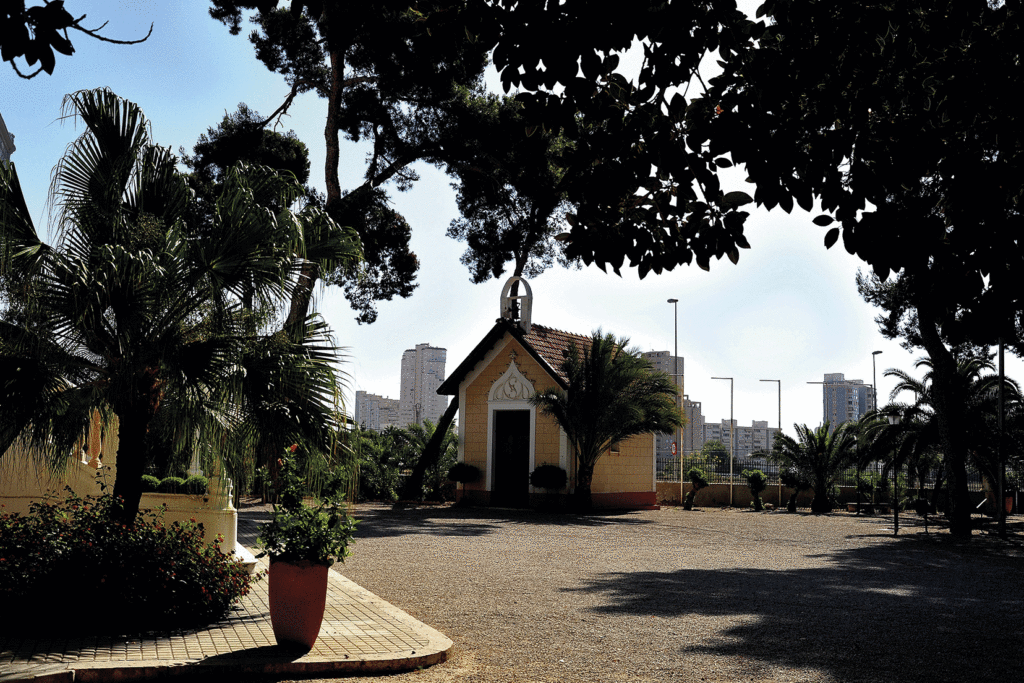


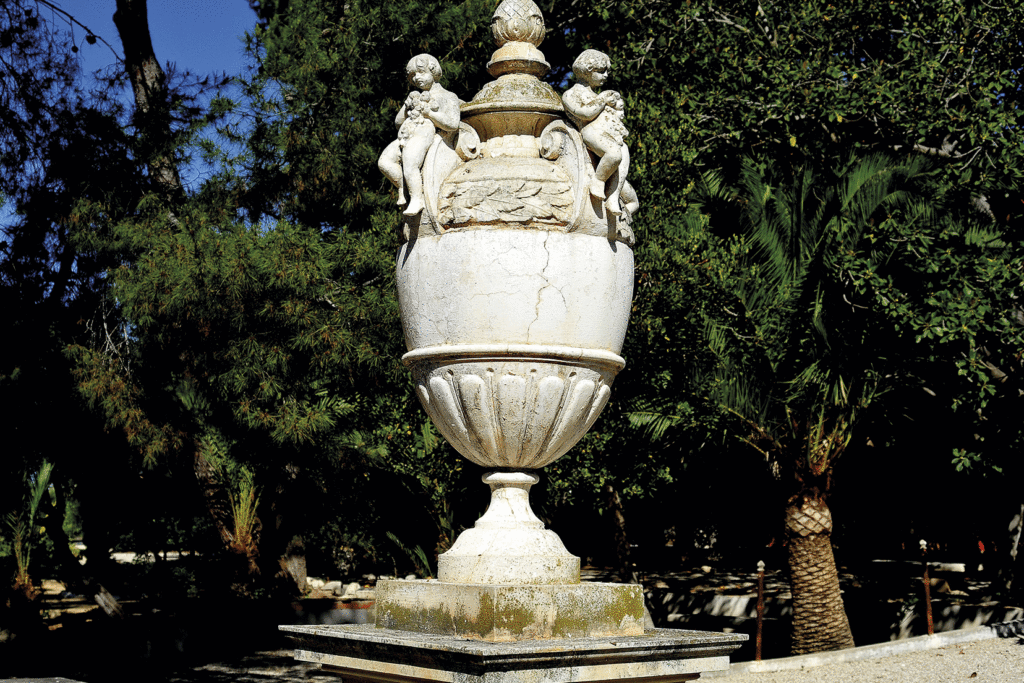




Did you know that…?
Juan Maisonnave y Cuyatar (1843-1923) is, “of the three brothers boys Maisonnave Cutayarwho was most dedicated to making the extensive family vineyards” owned by his father, the Frenchman, “fruitful”. Maisonnavethe first member of the family to arrive in Alicante in the 1780s. His father and mother, the Alicante-born Mrs. Leonor Cuyatar, they were the owners of large wine and horticultural properties spread throughout the Alicante Huerta, even though they lived in Paris.
D. Juan Maisonnave “married, in first marriage, with Mrs. Rafaela O’Gorman and, after being widowed, with her niece, Mrs. Ángela O’Connor White. He had no children by either of his two wives”.
Mr. Juan Maisonnave lived in Madrid and when he came to Alicante, he divided his stay between the Labradores Street, today Alicante Municipal Archivesand the O’Gorman de Fabraquer estate, his father-in-law’s estate. Sr. Guillermo O’Gorman, where the winery was located, where he produced the wines from his vineyards from the different estates he owned in the Huerta. In 1936 his wife Mrs. Angela, widowed and at the beginning of the war, l
Angela, widowed and at the beginning of the war, left Alicante and went to live in the properties she owned in Benicarló, Castellón. He was president of the Sociedad España Vitícola y Enológica, honorary president of the Sociedad España Vitícola y Enológica, honorary president of the Sociedad de Toneleros de Alicante and representative of the Alicante province at the 1878 Philoxeric Congress in Madrid.
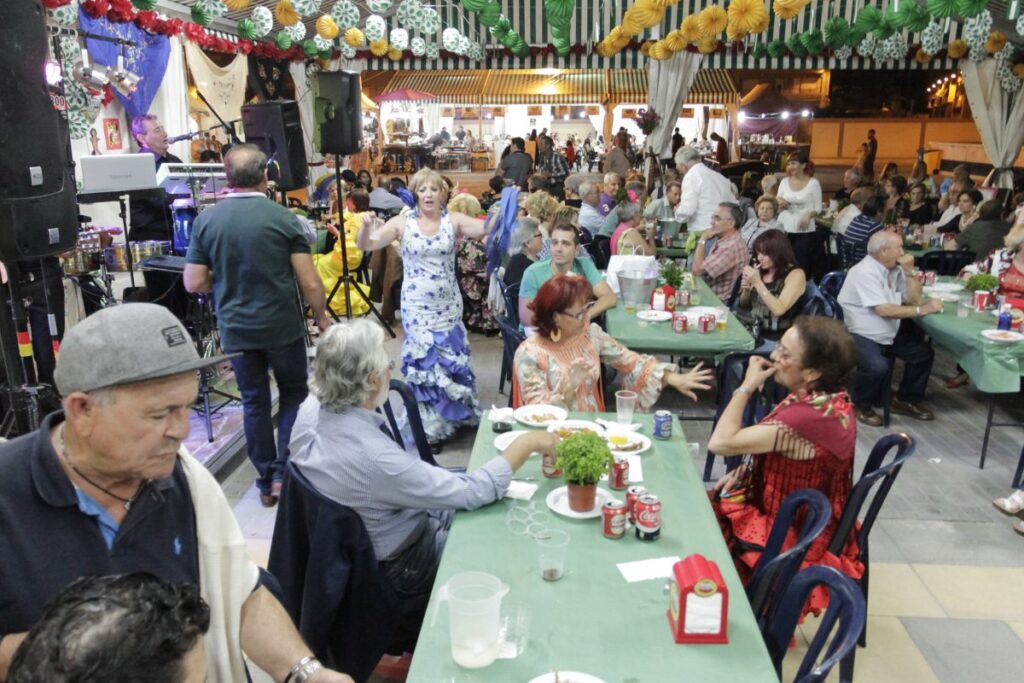
Labradores Street (Alicante)
